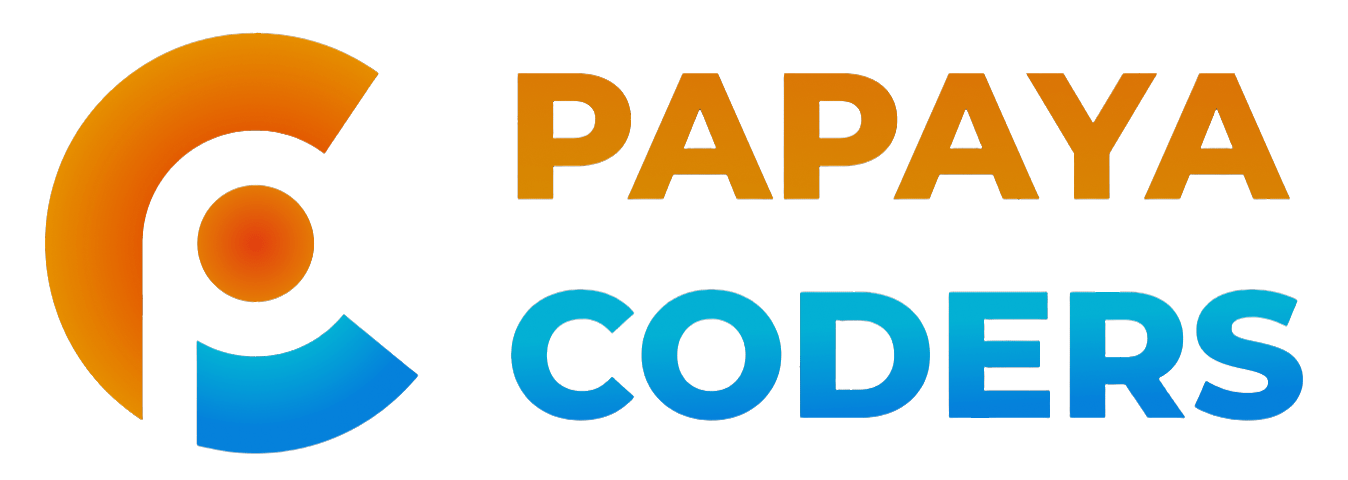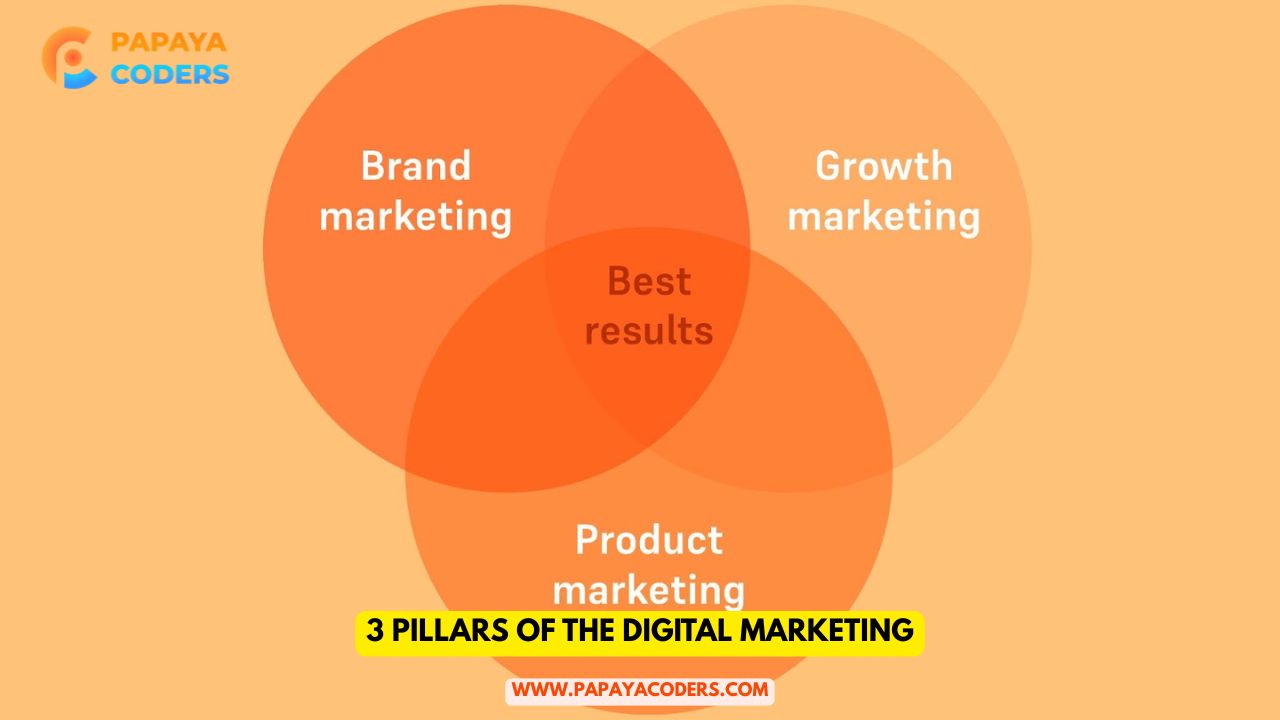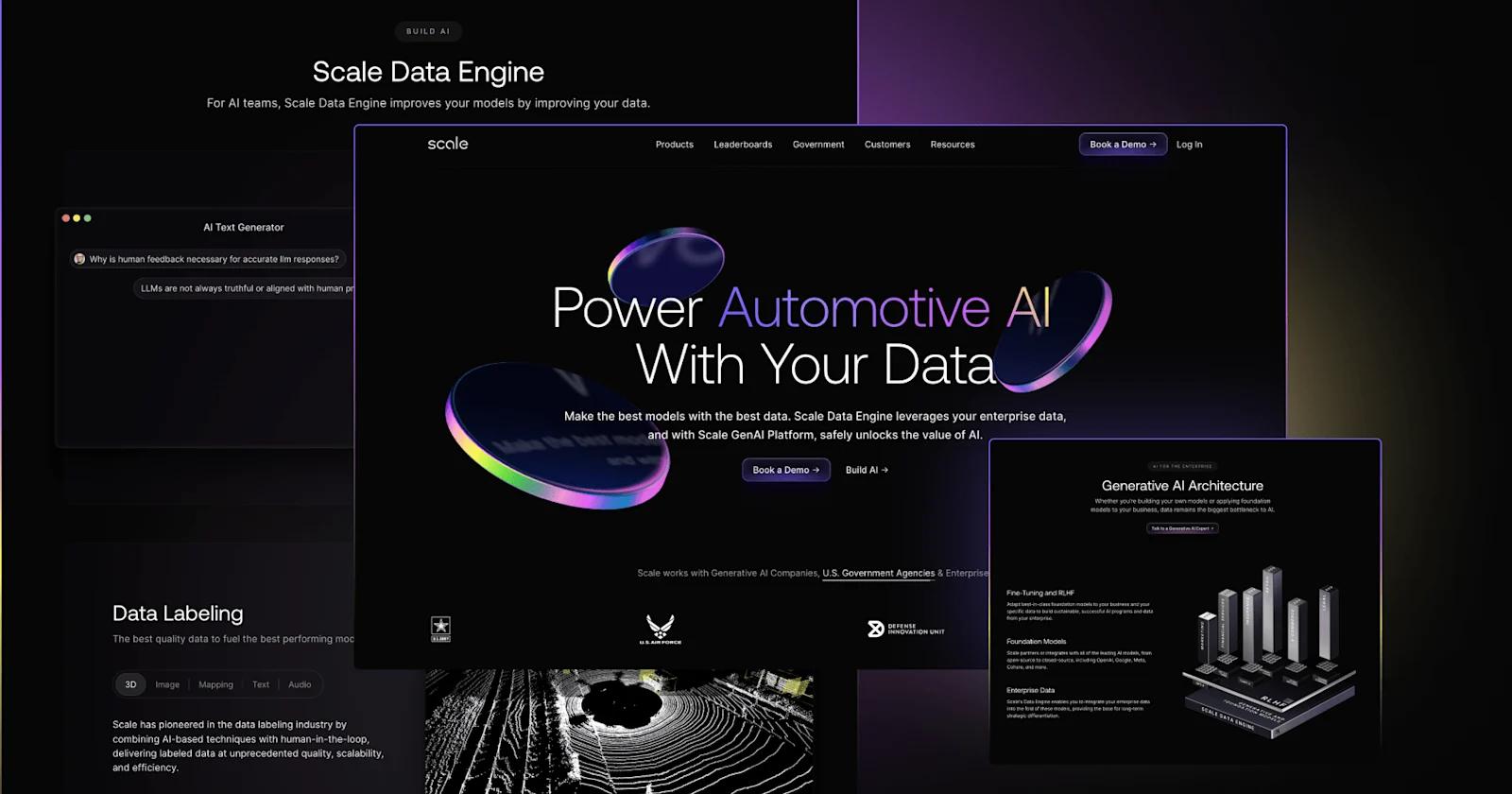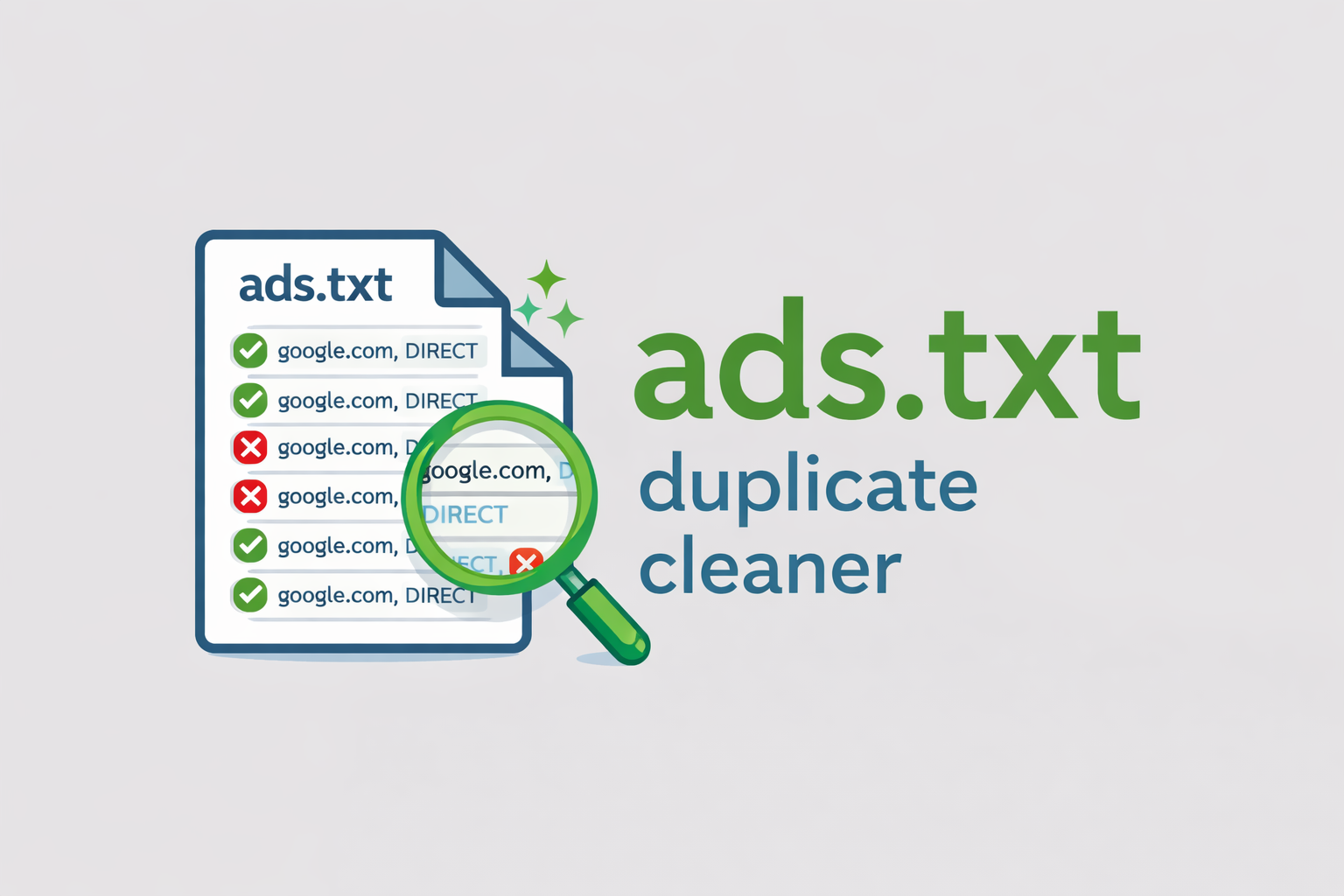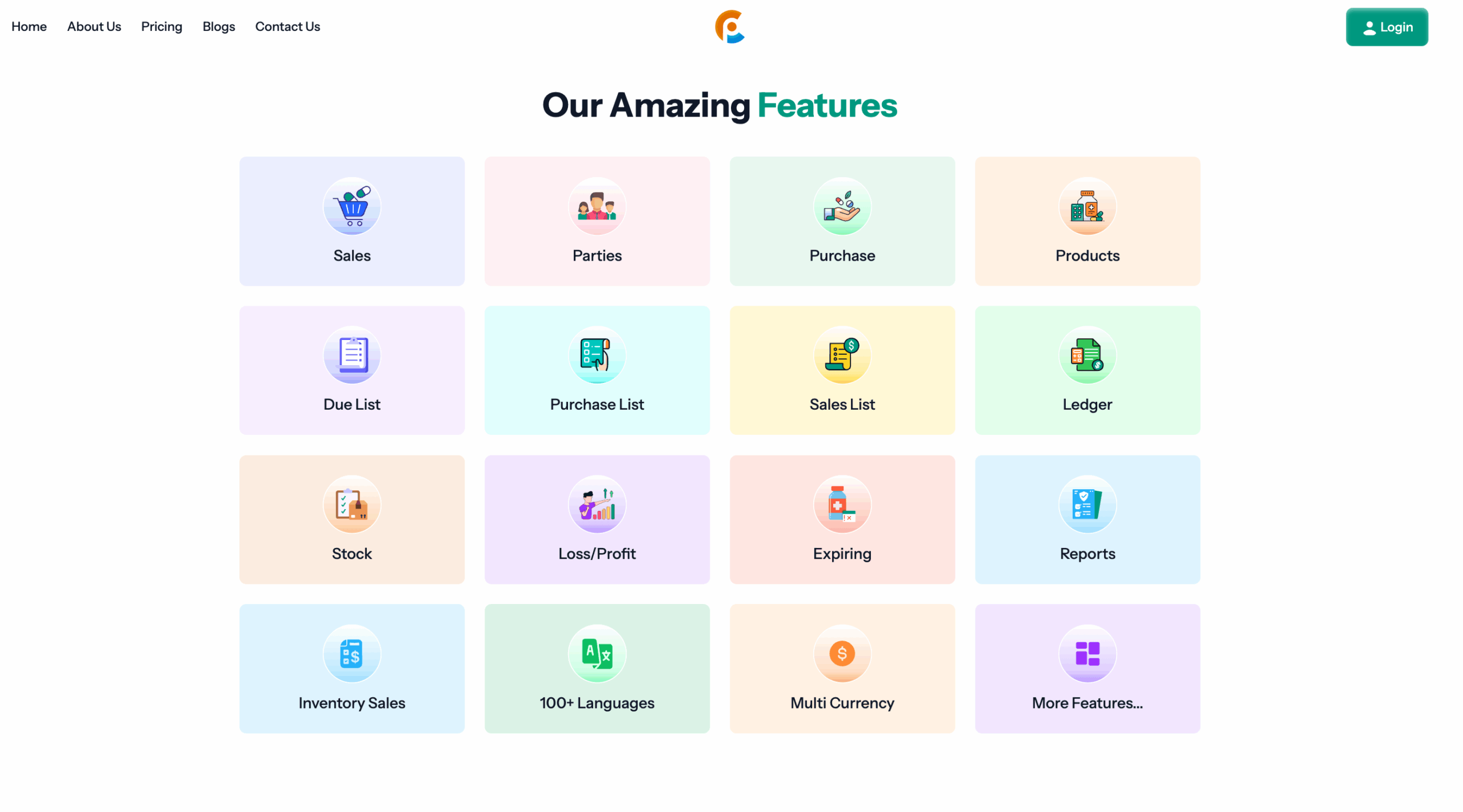Due to the rapid changes in the business environment, having a wonderful product or service is no longer sufficient. In order to get interest from a connected audience, companies must engage with the new and innovative landscape of digital marketing.
Digital marketing, which refers to the marketing of products or services using online mediums like social media, search engines, email, or websites, is an incredible shift in consumer communication.
What differentiates digital marketing from traditional advertising is based on a handful of key attributes. These attributes mean more than just cool must-haves; they represent a real shift in current events to allow brands to be more effective, smarter, and agile than ever before.
3 Pillars of the Digital Marketing
The marketer, entrepreneur, or business owner must keep the 3 key attributes of digital marketing at the forefront of thought in order to create predictable and scalable success in business.

1. Measurability: The Measurement of Data
The first, and perhaps most critical, characteristic of digital marketing is the sheer measurability of the results. Unlike a billboard or a newspaper advertisement where one is unable to tie back an increase in sales, a digital advertising campaign can track, measure, quantify, and assess nearly every single action involved in the campaign.
As soon as a customer interacts with an advertisement, opens an email, or visits a webpage, extensive data is being gathered through tools like Google Analytics and website dashboards Specific to the platforms they’re being used on. This provides marketers with an opportunity to take the guessing out of marketing and focus on data points or metrics.
- Key metrics: Return on Investment (ROI), Cost Per Acquisition (CPA), click through rate (CTR), conversion rate, and the whole customer journey.
- Key advantage: the big advantages is knowing, down to the exact keyword, ad, and channel of which are producing the best customers from a value perspective, allowing marketers to fail fast, that is stop campaigns that aren’t producing results and quickly reallocate those dollars to campaigns that do. This is what data driven advertising optimization does, reducing wasted ad dollars, and constantly improving performance and efficiency; ultimately transforming marketing from a cost, to a revenue-generating function.
2. Targetability: Precision of Audience
The second defining characteristic is arguably the ability to target and, consequently, personalize content. Traditional mass media uses a shotgun approach; cast the net wide enoug,h and you will catch a few customers in the relevant target market. Marketing with digital media allows for sniper-like precision.
Digital media, including search engines and social media, have provided businesses to identify their ideal customer profile by employing the use of hundreds of data formats:
- Specific Factors: You can typically target based upon demographic information (e.g., age, gender, income), psychographic information (e.g., interests/hobbies/values), historical or past online behaviors (e.g. pages visited, products purchased), and custom lists of existing customers.
- The Upside: This level of precision means that a brand’s message is going to only those individuals most inclined to desire and/or require the product. Think about it, when an ad for hiking boots goes to someone who has, just recently, searched for “best hiking trails” – the relevance and conversion rate goes through the roof. Additionally, because of this information, you also have the ability to customize: their experiences on their website or emails can be customized for them, and they will feel acknowledged and valued as a result.
3. Agility and Responsiveness: This is the Agile Approach
To conclude, digital marketing is flexible and responsive/dynamic as referred to. The digital landscape is perpetually evolving, usually with new platforms, new algorithms, and individual behaviours developing on a weekly basis. It is simply part of the nature of a digital marketing campaign to succeed in this type of environment.
To contrast, a very expensive TV commercial requires a long time to produce, and it is tied to a long contractual term; but a digital ad or a piece of content can be produced and launched, assessed, and modified in a few hours.
- Instant Flexibility: When an inventive advertisement on Facebook isn’t successful, it can be replaced immediately. When a competitor establishes their own campaign, a brand can step in with a counter-campaign that same day. The capability to shift ad campaigns so quickly is important for capturing fleeting attentiveness and consequently an edge.
- The Advantage: This ability greatly decreases risk. Instead of committing tens or hundreds of thousands of such marketing spend on one untested idea, an organization can have a steady state of testing and iteration is also called A/B testing, to facilitate iteration until they reach the highest possible performance.
Read also:-
- Transform Your Home’s Water Management with the iSwitch PC108
- Tech Forum Submission Sites: Boost Your Tech Presence
The Foundation for Sustainable Growth in Business
The distinctive aspects of digital marketing the complete ability to measure, target and be instant, are changing the paradigm of advertising. Digital marketing has made marketing accessible, allowing small businesses to compete with larger, established businesses by simply being smarter and more targeted with iterations.
For any organization in the 21st century and beyond, these three parts as a whole work together to establish a sustainable, scalable growth model. Understanding these traits will drive sustainable marketing spend, consumer engagement and sustainable growth of all businesses.
